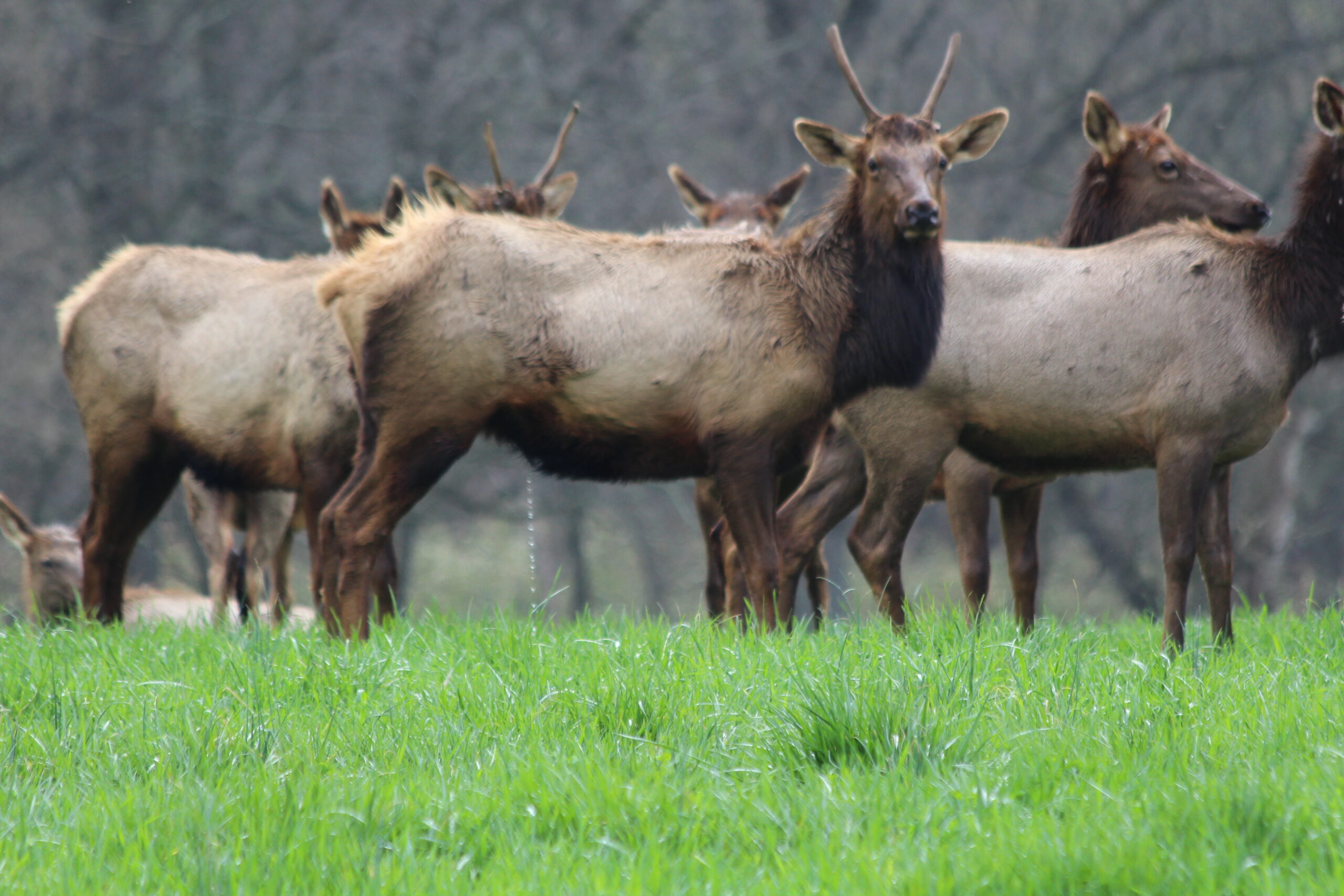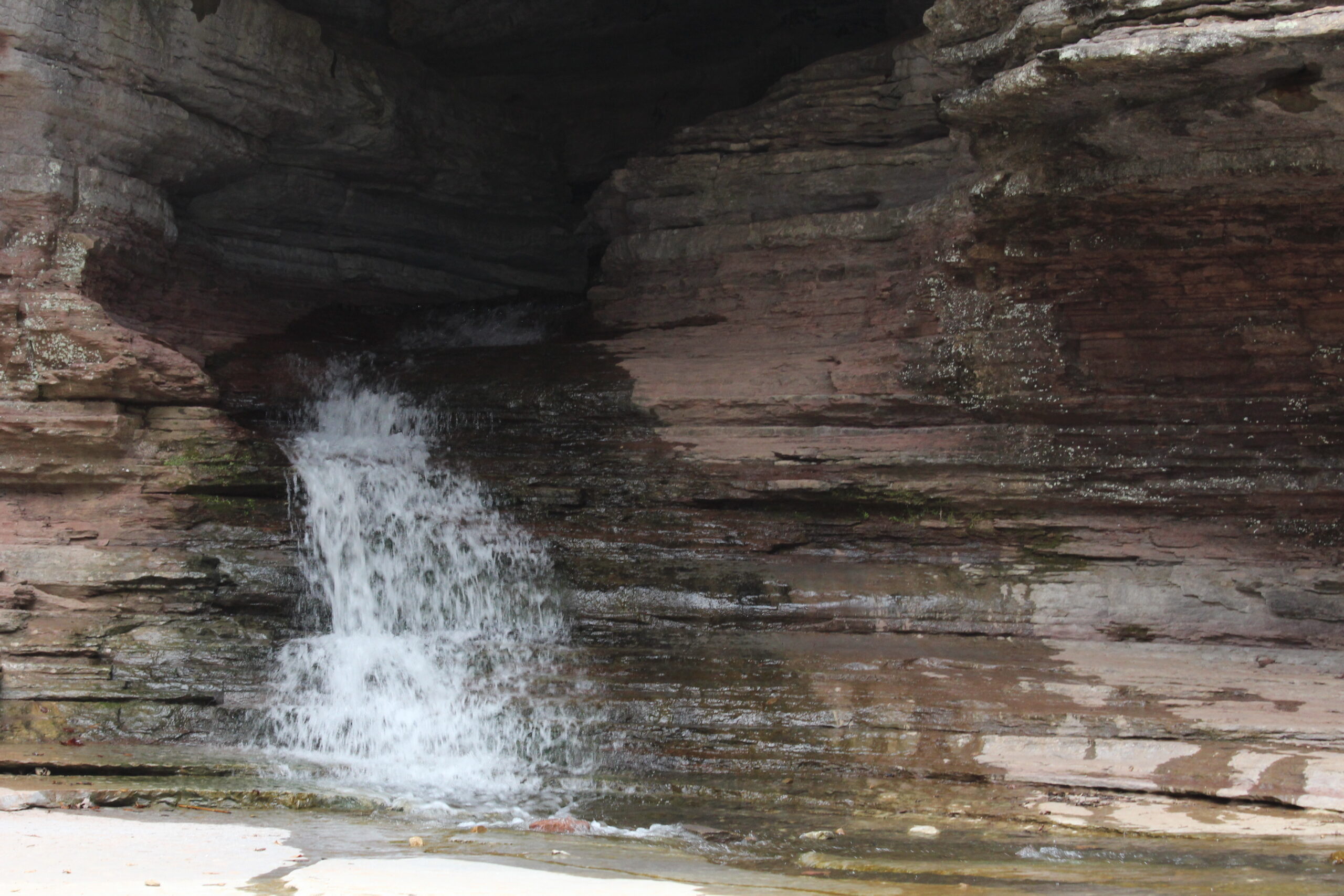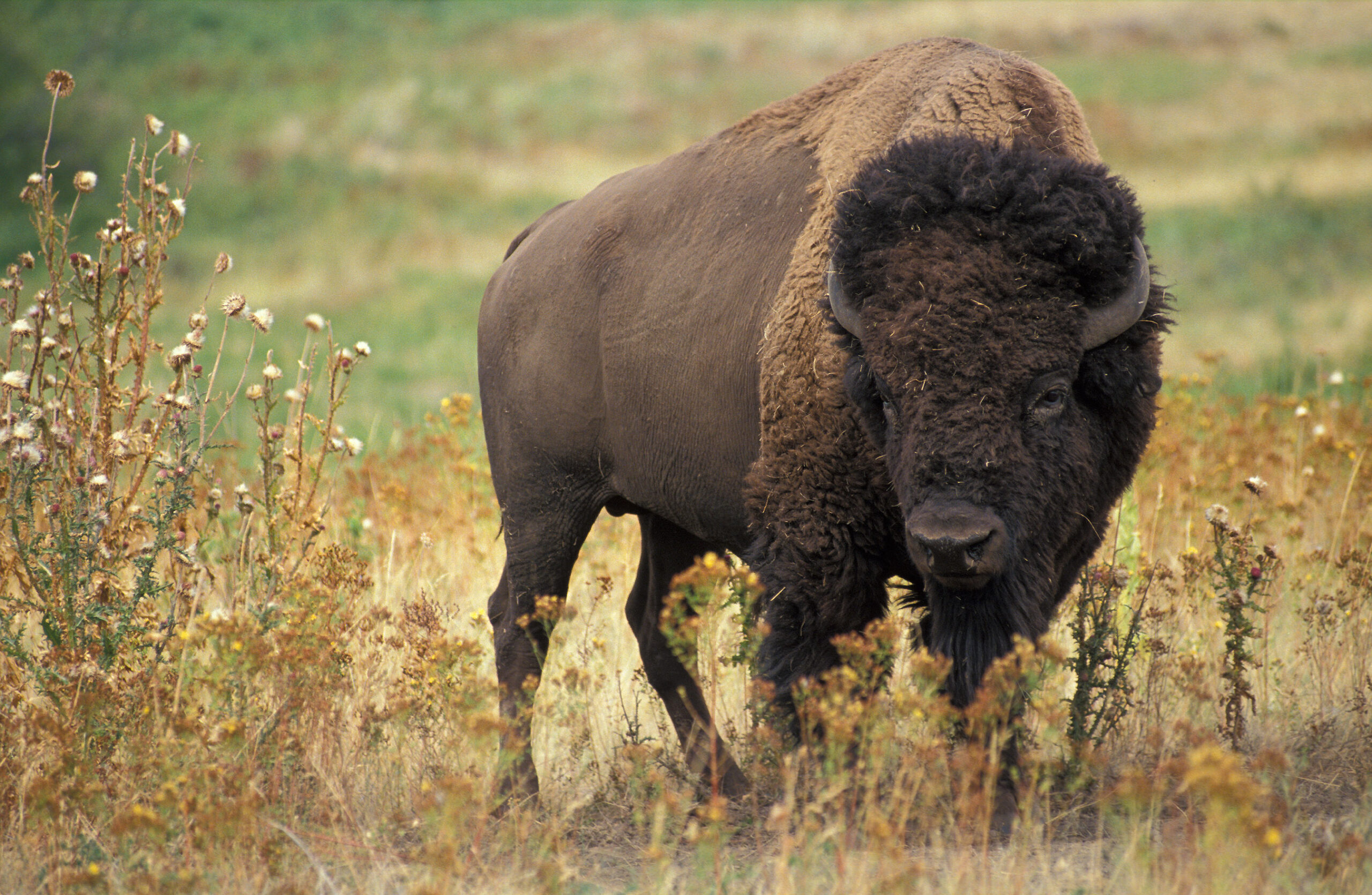Dangers of Hiking
The Dangers of Hiking in the Buffalo River and Ozark National Forest
- Snakes: While most snakes are non-venomous and pose little threat, some venomous snakes can be found in the hiking areas of the Buffalo River and Ozark National Forest.
- Eastern Copperhead (Common)
- Northern Cottonmouth (Common)
- Timber Rattlesnake (Common)
- Western Diamond-backed rattlesnake – less common
- Western pigmy rattlesnake – less common
- Bluffs/Ledges/Falls: Uneven, slippery, or unstable terrain. We have a lot of that. Wear appropriate rubber soled footwear.
- Drowning, avoid cotton, denim and down jackets as they will absorb water making you less mobile if you were to fall in water. Check the weather before you go, don’t camp to close to the river and don’t ever try to unpin a boat by yourself with your hands.
- Be aware of poisonous plants like poison ivy and hemlock and avoid touching or brushing against them to prevent skin irritation or eating plants you don’t know.
- Hiking solo can be risky, as there’s no one to assist in emergencies. Always let someone you know, know where you are going and when you will be back and leave an itinerary in your car.
- Getting Lost. Carry a map, compass, GPS device or all three, and stay on marked trails to avoid getting lost.
- Wild Animal Encounters: Don’t Run! Stay calm and avoid sudden movements. Give them space and back away slowly to avoid provoking them.
- Hypothermia: Dress in layers, don’t wear cotton, denim or a down jacket and bring a space blanket to get warm, especially in colder weather. Space blankets are small, light, and inexpensive.
- Bad Weather: Check the weather and be prepared for changing weather conditions, such as flash floods, rain, snow, and avalanches during winter hikes. Bring a poncho and an emergency blanket with you.
- Overconfidence/Underestimating Difficulty: Be realistic about your hiking abilities and the challenges of the terrain. Consider your physical condition, age, and experience level before attempting strenuous hikes.
- Sun Exposure: Protect yourself from sunburn, heat exhaustion, and the risk of skin cancer by wearing sunglasses, a hat, and sunscreen.
- Injury: Carry a basic first aid kit and sufficient food and water filter for emergencies.
- Getting Caught in the Dark: Always carry a headlamp and consider bringing a space blanket and poncho on every late or long hike.
- Under Equipped: Ensure you have appropriate gear, clothing, and enough water and food for the hike. Bring a water filtration system. They are cheap, small, and light.
- Deer-Car Crashes: Be cautious when driving in areas with high deer populations, especially during their peak activity times in fall and early morning or evening.
- Sprains: Be prepared to handle sprains with the RICE method (Rest, Ice, Compression, Elevation) if needed.



Explore with
confidence
Inspiration and guidance for wherever your trail may lead.
